As the Forest Moves Back in, Pollen Is on the Rise in Detroit
Much of Detroit is in ruins. The city spreads over 139 square miles, but about 20 square miles of that — an area just under the size of Manhattan — is vacant. Home in 1950 to more than 1.8 million people, today Detroit has less than half that many residents. There are tens of thousands of abandoned homes and buildings that are crumbling and decaying in the metropolis, and the city is demolishing these structures because they can be, among other things, good hideaways for people with drug addiction and places to dump the bodies of murder victims. Since 2014, teams have razed more than 18,000 buildings, with thousands of demolitions still to come.
But, as the buildings and their concomitant problems begin to fade away, a different menace is filling the lots left behind. Plants and weeds grow with abandon in the newly exposed soils, and, during their growing seasons, those plants release their pollen loads into the air and into Detroiters’ airways. This newly sprouted “urban prairie” can spark human health effects that range from mild irritation to severe asthma attacks.
“What’s happening is, for better or for worse, a lot of Detroit is becoming reforested,” says Daniel Katz, a plant ecologist at the University of Michigan School of Public Health. “And so, we have these vacant lots, and first there’s ragweed in them, but then other grasses come in and we get this kind of grassland habitat.”
More than a third of Detroit residents live below the poverty line, and many of the vacant lots where pollen-producing plants now run rampant are in low-income neighborhoods. And although the precise contribution of this increase in pollen is hard to determine, it can’t help but add to the city’s already heavy asthma burden. Detroit currently ranks in the top 10 cities in the U.S. for asthma-related deaths, and a 2016 report revealed that 43.2 percent of asthma-afflicted children who were enrolled in Medicaid in the city had one or more emergency room visits per year for asthma, while the same figure for children in the rest of Michigan stood at 27.5 percent.
Meanwhile, Detroit’s only pollen counting station is in St. Clair Shores, a bedroom community northeast of the city proper. Little is known about the effective radius of pollen counting stations, but one thing is clear: The further an allergy sufferer is from one, the less meaningful its data becomes. That leaves most of inner-city Detroit with little in the way of useful pollen data. And the same is largely true for Americans living beyond the sphere of the several dozen other pollen-counting stations scattered across the United States.
“There are tens of millions of Americans who suffer from allergies, many of them from seasonal allergies caused by pollen exposure,” says Katz, who, alongside fellow researchers, is now using Detroit as a laboratory in which to develop a far more granular means for measuring pollen — and giving the growing number of allergy and asthma patients there and around the nation information they can actually use to manage their conditions. “It’s a serious public health issue,” Katz added, “and it’s one which we do not have a good understanding of.”
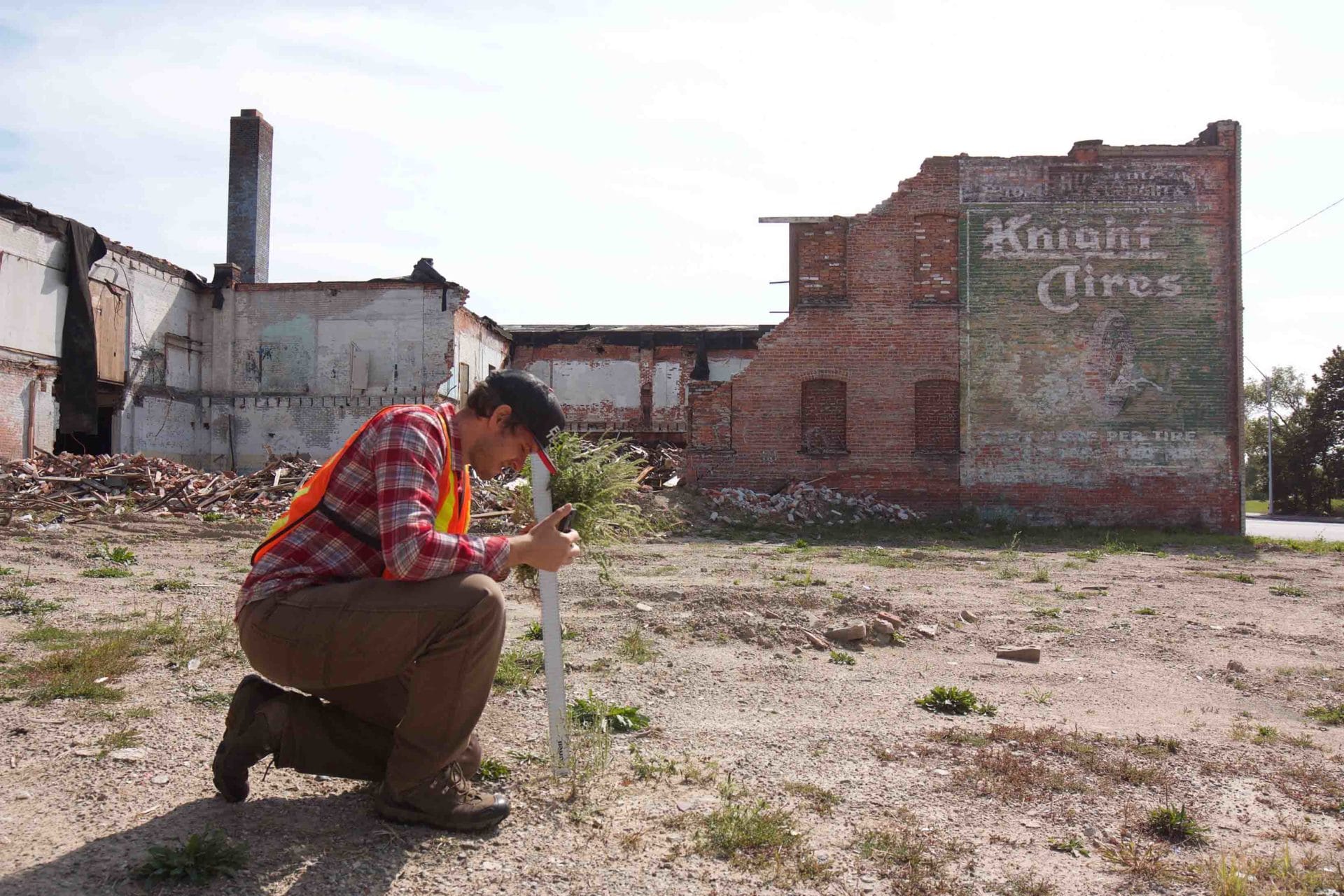
Pollen allergies afflict millions of Americans each year. In the industrialized world, pollen allergy rates are on the rise, and with climate change likely driving an increase in airborne pollen loads, experts predict the situation stands to only get worse.
Despite the growing health impacts, there are fewer than 80 pollen counting stations covering the entire United States — and they aren’t always operational. The station near Detroit, for example, sits on the roof of the Saint Clair Allergy and Asthma Center. Recently, the landlord who owns the building that houses the clinic discovered that staff had to climb up on the roof in order to retrieve daily pollen counts, and, citing safety concerns, ordered the shutdown of the sampling station.
Even when they are operational, however, the usefulness of the data collected by this network of stations, experts say, is questionable at best. Certified by the National Allergy Bureau — the section of the American Academy of Allergy Asthma & Immunology that measures things like airborne pollen levels — the stations do provide daily data about the pollen circulating through an area. But, as Katz and other researchers are showing, there is mounting evidence that the type and volume of pollen swirling through a city’s air can vary drastically from neighborhood to neighborhood.
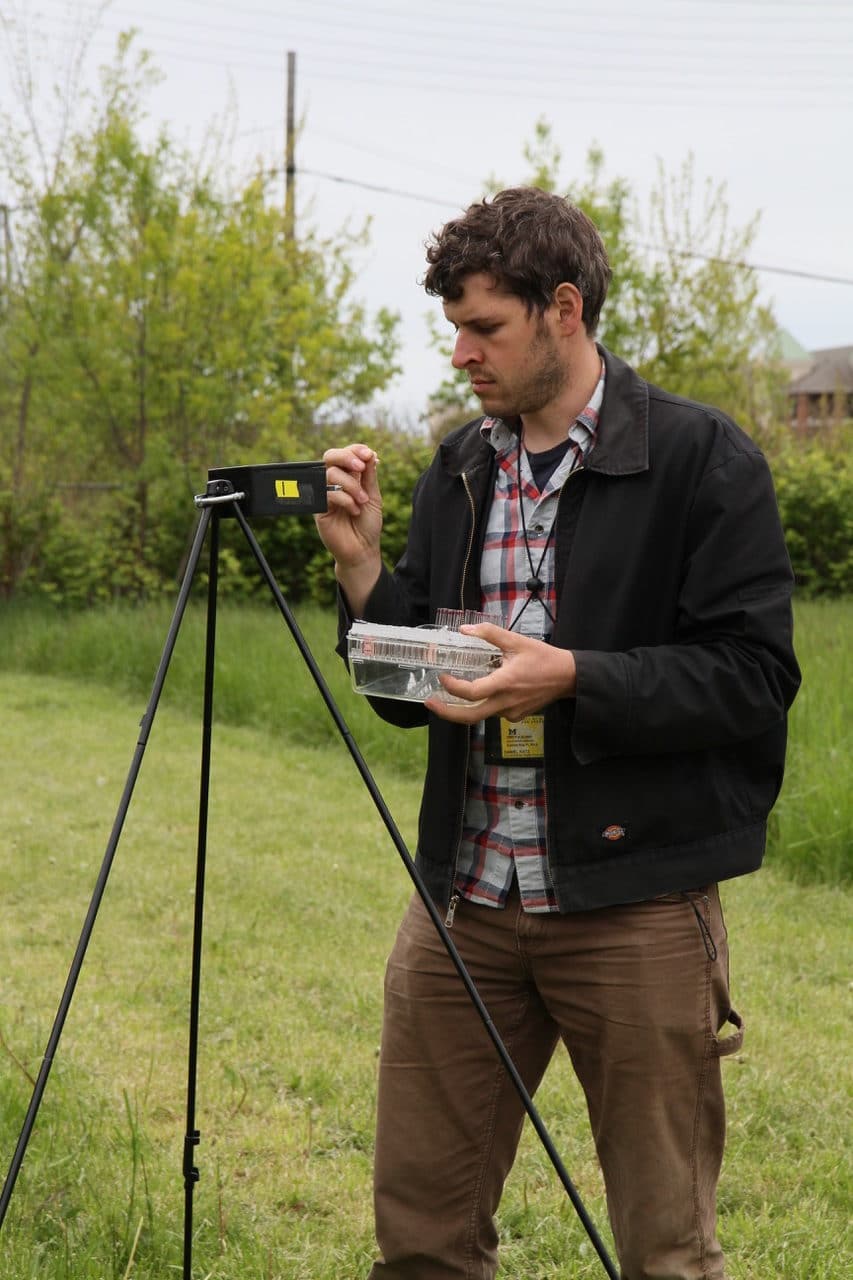
Katz assembles a self-designed pollen counting station atop a tripod in a vacant lot in Detroit.
Visual: Gregory Fox
This knowledge gap means that the doctors who treat allergy sufferers are limited in the extent to which they can care for patients, says Alan Baptist, an allergist at the University of Michigan in Ann Arbor who is not directly involved in Katz’s work. Baptist explains that, right now, the main treatment strategies doctors like him use fall into three categories: medication, immunotherapy, and avoidance.
That third approach — avoidance — is next to impossible, thanks to the near-complete lack of knowledge about how pollen loads vary from neighborhood to neighborhood. “We don’t have the tools yet to really accurately predict high pollen days,” he says. Right now, the best information a doctor like him can give a patient is not very useful: “We’ll say: ‘In the springtime, the tree pollen levels are going to be high, in the summer it’ll be the grass, and in the fall, it’ll be the weeds,’” Baptist says.
A few years ago, Katz shadowed Baptist while he treated allergy patients at the Northville Health Center in suburban Detroit. One patient, a man, would visit the center, and his eyes, for a week or two each year, would swell when exposed to something — “presumably tree pollen,” Katz says — and they would swell so badly that he couldn’t drive. Another patient, an elderly woman, was allergic to tree pollen, grass pollen, and weed pollen. She had gone through immunotherapy and would take over-the-counter medications like Zyrtec, Allegra, and Flonase, but her symptoms persisted.
At one point, Katz recalls Baptist turning to him with a question: “‘Patients might enjoy knowing what it is they’re allergic to, but what am I going to do with that information?’”
Katz and his team are now trying to answer that question. Donning a neon orange vest — a tack designed both for safety while working next to roads and to help avoid being mugged, Katz says — and driving a beat-up rental minivan he uses for his fieldwork, Katz surveys the Motor City’s vacant lots. They are not hard to find.
One site is near Comerica Park, the $300 million home of the Detroit Tigers. In the lot, Katz and his field assistant set up a tripod, and atop the tripod they affix a black box that has what looks like a little airplane propeller sticking out of one end. The propeller blades have adhesive on them to catch the pollen hovering in the air, and when Katz flips a switch, the propeller spins to life, capturing samples for later analysis under a microscope.
Katz sets up several of these custom-designed pollen counting stations at various sites across the city on a given day, in order to capture how day-to-day pollen levels vary by neighborhood. One type of pollen hitting the propeller blades comes from ragweed, a plant with little green flowers blooming from a slender stem. The flowers look like sleigh bells on a handle, and those flowers, when jingled, spew yellow pollen grains into the air.
Just next to one patch of ragweed, there can be about 12,500 pollen grains per cubic meter of air; 10 meters downwind, there can be about 2,500 grains per cubic meter. “For ragweed, as few as 10 pollen grains per cubic meter is enough to trigger a reaction for the most sensitized people,” Katz says.
In addition to this monitoring work, Katz and his team look at aerial images and use remote sensing technology to detect where vacant lots are in order to estimate the total volume of ragweed in the city and its location. According to their modeling, ragweed alone spews 3.12 trillion grains of pollen across Detroit every year. By factoring in when plants release their pollen during their growing season into their models, they’re then able to create forecasts of pollen concentrations across a city. Very much like a snapshot of radar weather data, Katz and his colleagues say they can create maps that show where in town ragweed is likely to be high, and where it will be low, something that has never been done before.
This stands to give Detroiters who suffer from things like hay fever extremely accurate pictures of parts of town that they should avoid. Other researchers, including Andrew Dzul, a retired allergist who used to work at the Saint Clair Shores Allergy and Asthma Center, say Katz’s measuring techniques are promising: “He discovered some revolutionary ways of counting pollen,” Dzul says.
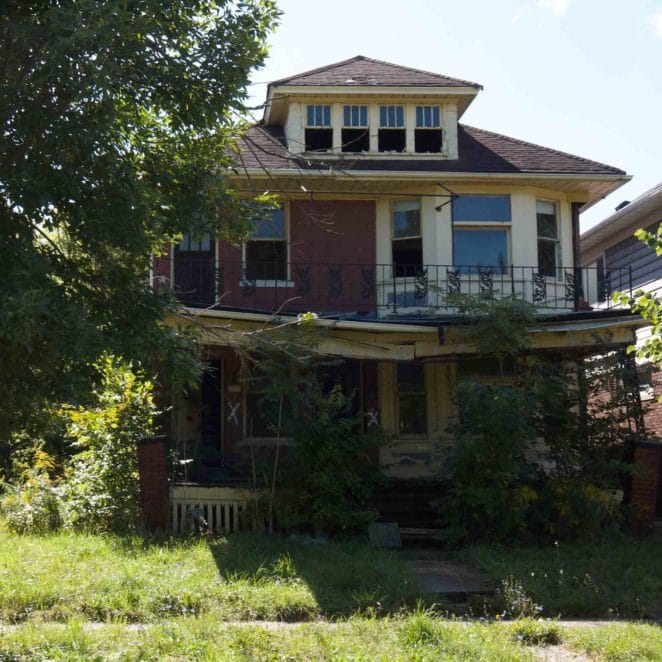
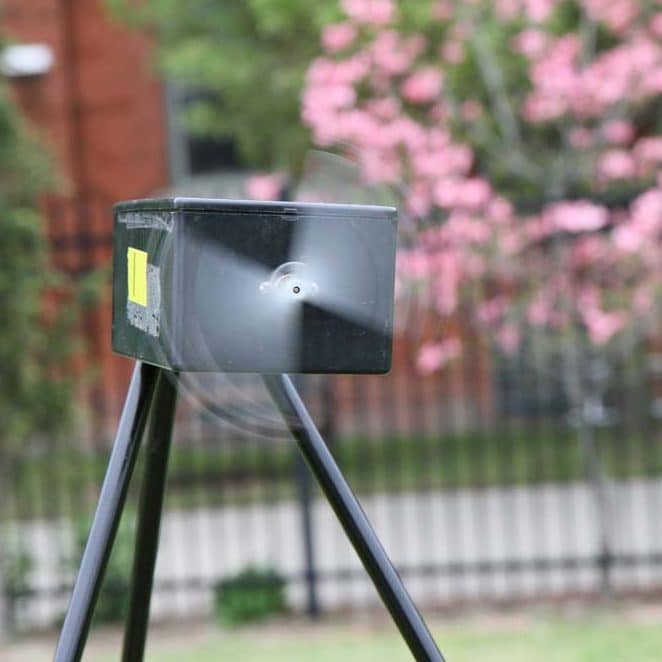
Whether and when that information will make it into the hands of everyday consumers and allergy sufferers, of course, remains an open question — though Baptist says it’s exactly this sort of thing he and doctors around the world could one day use to help patients. “If you had an accurate map, and you knew where you were going to be, you could say ‘I know I’m going to have to exercise outdoors on this day, I’m playing a sport for example on this day, this is a day that I need to be sure that I take my asthma medicine, my allergy medicine, for example” Baptist says.
With the pieces in place, Katz says he eventually plans to give doctors and patients the data they need through a smartphone app, but Lewis Ziska, a plant physiologist formerly with the U.S. Department of Agriculture, cautions that we are a long way from putting pollen maps in patients’ hands, mostly due to the fact that the kind of funding support needed for such an undertaking does not exist.
Still, he adds that Katz’s pollen mapping of Detroit put the deficiencies of having a single pollen counting station for an entire region in stark relief.
“I’m hoping that it’s an inspiration for others to do more of this kind of research,” Ziska says.
Lucas Joel is a freelance science writer based in Ann Arbor, Michigan. His work has appeared in Scientific American, Earth Magazine, New Scientist, and Science, among other publications.


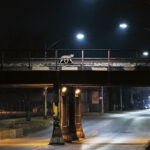

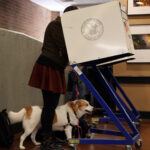





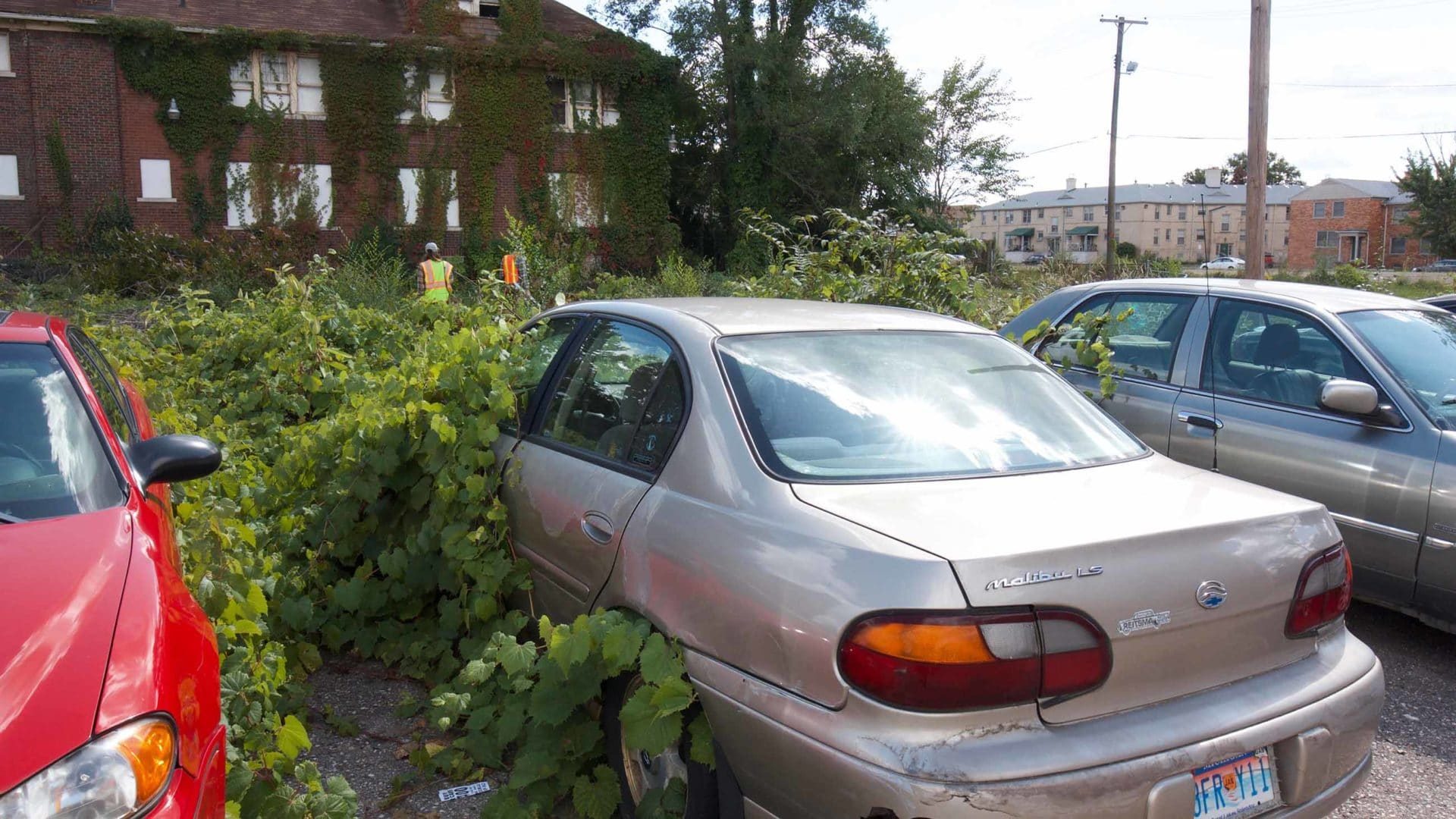
Comments are automatically closed one year after article publication. Archived comments are below.
Wanted to add that Dan had a productive post-doc with us in EHS in SPH. You can see some of his recent more technical studies on pollen, mostly in Detroit, in the following publications:
Estimates of Common Ragweed Pollen Production for Urban Ragweed Plants
https://www.umurj.org/u/umurj/images/katz-bankowski-batterman.pdf
Pollen production across a city: Scaling from anthers to neighborhoods with allometric equations and remote sensing
https://f1000research.com/slides/8-1469
2350 Creating a comprehensive municipal inventory of common ragweed (Ambrosia artemisiifolia) to predict allergenic pollen exposures
https://www.cambridge.org/core/journals/journal-of-clinical-and-translational-science/article/2350-creating-a-comprehensive-municipal-inventory-of-common-ragweed-ambrosia-artemisiifolia-to-predict-allergenic-pollen-exposures/05A523C25AC3DC5A287BE7F5F891BF7F
Effect of intra-urban temperature variation on tree flowering phenology, airborne pollen, and measurement error in epidemiological studies of allergenic pollen
https://www.sciencedirect.com/science/article/pii/S0048969718343675?via%3Dihub
This article is a valuable contribution. To all the angry critics, the world is complicated. There are plenty o’ problems to go around, and allergies and lung diseases affect urban poor people at epidemic rates. Pollen is one important contributor to asthma and other lung diseases; others include smog and bad indoor air quality, not to mention tobacco smoking.
One point that is unclear based on the article and especially the headline: “forest” is not the problem. The article’s focus was on ragweed and other plants that just come up on their own in vacant lots. These habitats are not native prairies or forests. Almost all the plants are invasive introduced species: ragweed, weedy grasses, shrubs like honeysuckle, softwood trees like Tree of Heaven and buckthorn. With dedicated effort and vision, such neglected spaces – which really are a threat to health and well being on many levels – can be replaced by more beneficial urban green spaces such as community gardens, private urban farms, and urban prairies and woodlands. All these things can be done and are happening in Detroit and in the Chicago Wilderness region as well.
Many different aspects to this article. Everyone has brought up great comments and viewpoints.
I see the potential for an opportunity to plant a garden in the recovering area. Planting a garden could result in:
Fresh veggies, lowering the food bill
Extra veggies could potentially be sold at a road side stand for extra cash
May cut down on the allergy causing pollen by removing the rag-weed and replacing it with carrots, zucchini, onions, etc
You may even find an Indian head nickel in the garden
Caution: Legally you may not be able to plant a garden on the land next door that the house, tenement, business, etc, has been torn down. ALSO, there may be unknown environmental hazards in the ground due to the buildings being torn down – rusty nails (tetanus), lead, PCB’s, etc. ie, 30 years ago it was common for an oil change to be completed at home and the oil dumped into a hole in the back yard.
The real elephant in the room is what’s getting glossed over here and it’s definitely not “pollen” or people dying after an asthma attack. There is an entire city crumbling underneath itself, the result of which was caused directly or indirectly by outsourcing and/or greed.
At one time, automotive companies, rubber companies, and/or steel companies were the backbone and driving forces in large cities like Detroit, or smaller cities like Gary Indiana or Akron Ohio. When these conglomerates moved, merged, closed, or over decades, all of the above, or were driven out by outsourcing they couldn’t compete with, the vacuum-void you see NOW is the result. If this was the Roman Empire, people would be remarking it’s collapse, NOT the tall grass in once perfectly-kept lawns that are sprouting ragweed now.
Unfortunately, unless you actually TRAVEL through these areas, or grew up in or around them and return after 40 years, it gets lost on how fast the decay sets in and obliterates entire city blocks that were once thriving neighborhoods your parents and grandparents built and maintained. If curious, google maps often has a older images of locations from the mid 00’s and now. Google “539 Madison St. Gary Indiana”. Select the 2011 vs. 2018 map images and you’ll see entire homes wiped out out. Use the forward arrows and travel down the side streets while cycling between mid 00’s and now if the “Street View”clock image icon appears and use the slider. EVERY vacant plot of grass you see now used to house such a structure. Whether it was a grand home, business, church, etc., it’s gone now or falling in on itself. Google “Ira Avenue Akron Ohio” and keep in mind it used to be a main road to the Summit Lake area and some of the pictures are still from 2011 and not today. EVERY vacant plot used to be a home with a family, a business, etc.. Now search a random green grass area in Detroit, and use the slider to see a before/after. If you really want to see a stark contrast, try finding once prominent locations and see if anything remains on the land. Then search for historical photos online of the address in it’s heyday to see how grand the area once was.
To be perfectly honest, more people are dying from drugs and outright murder due to the vacuum created when entire cities FAIL due to the increase in poverty and loss of opportunity after the bread gets moldy and the butter goes rancid. And thanks to modern technology, we can easily examine this phenomenon w/o leaving our homes.
Just remember, the next time someone makes a comment such as “Why make that here when you can make it in China for a few cents”? Well, now you know the full cost of selling out the American worker and the destructive path it leaves behind in the city the American workers came from, which probably doesn’t mirror your suburban city that wasn’t affected.
While I’m sure “pollen” growing in a once populated area is of some concern to some scientist with a narrow field of view, the rest of the country is more concerned with that elephant in the room.
Thanks to Lucas Joel for an excellent write-up of the issues surrounding pollen exposure in Detroit. I’d like to add that while Detroit does face large challenges, it’s also a vibrant and tenacious city. I’m lucky to have spent time there, from the friendly conversations I had with everyday Detroiters while conducting fieldwork in its neighborhoods, to interacting with the enthusiastic volunteers that helped collect pollen. Detroit is filled with people working hard to make it even better and I’m optimistic for the city’s future. This research also puts Detroit at the forefront of understanding pollen exposure- a problem that’s ubiquitous across American cities and goes far beyond ragweed.
If you’re interested in learning more about Detroit, from its rich and complicated history, to some bold ideas for its future, or what to do when you visit (which you should!), I’d recommend a few resources:
https://visitdetroit.com/
https://detroitfuturecity.com/
https://datadrivendetroit.org/
Detroit City is the Place to be by Mark Binelli
The next book on my reading list is: The Origins of Urban Crisis by Thomas Sugrue
Those interested in keeping up with my research can follow me on twitter @pollenscientist
Really? A negative article worrying about the earth healing itself when humans get out of the way? Really? What kind of belief in the “inevitable progress of humans” is this crap? Get out of the cities and check out the natural world! That is the world that so many “progressives” whine about saving as they fly across the world, drive vehicles hither and yon, buy their “farm grown” food in stores, and find new ways to waste resources.
Also, let’s use more electricity to power more computers and mobile devices to further the exploitation of those resources, ad nauseum.
While I’m not as grouchy as you, I agree with you. I think it’s an interesting article and worthy of reporting, but I don’t agree with its conclusions. I would like to know causes of asthma in all these children.
This article about the current deficiencies in pollen sampling is SPOT ON. Current methods are antiquated. Automated pollen samplers with automated microscopy generate analysis every few minutes from a constant sample of air and provide HOURLY averages. This tech is here today: pollensense.com.
Let’s get the researchers in Detroit the tools they need to understand pollen distribution!
Disclaimer: I work for Pollen Sense LLC, but that doesn’t make me wrong about our tech.
Uh, sorry, but the residents of Detroit need protection from lead poisoning, not pollen.
yes come to opening your organisation here in all congo kinshasa.
contact+243994238406
This is clearly the demise of the Detroit auto industry. Many came there for jobs. They never would have come there for the beautiful weather! Then the jobs went away. On top of that, the outrageous union back wages gave no incentive for people of limited skill to better themselves. SO once out of work, they had no higher education or other skills. Then came home loss, homelessness, then eventually a move to a place like San Francisco that allows people to sleep on the sidewalk.
Let me see…We’re frantically trying to save a hotter earth. Among the better solutions is to grow more carbon sinks, i.e. plants and trees. Plants and trees are reestablishing themselves in, of all places, Detroit. Do we celebrate? With this nutty story, no!!! Instead, we weep because in the face of a good approach to ameliorating a hotter earth, a few people are going “Ah-coo!” What a myopic view. The author ought to broaden what he reads.
Excellent article and visuals. So much infrastructure lost; pollution wasted.
I wonder why those vehicles were abandoned? Though not as bad in as in Detroit, and for different reasons that Detroit’s demise, Amazon is killing retail and local communities – https://www.emissionstax.org/how-amazon-bankrupts-communities/
Local businesses pay local employees and taxes.